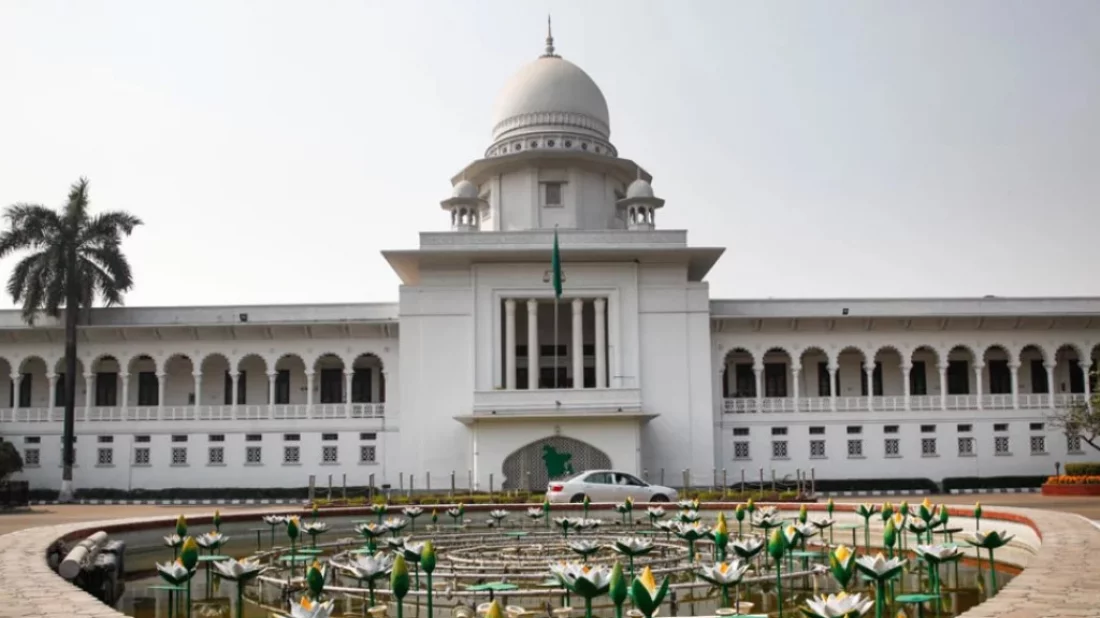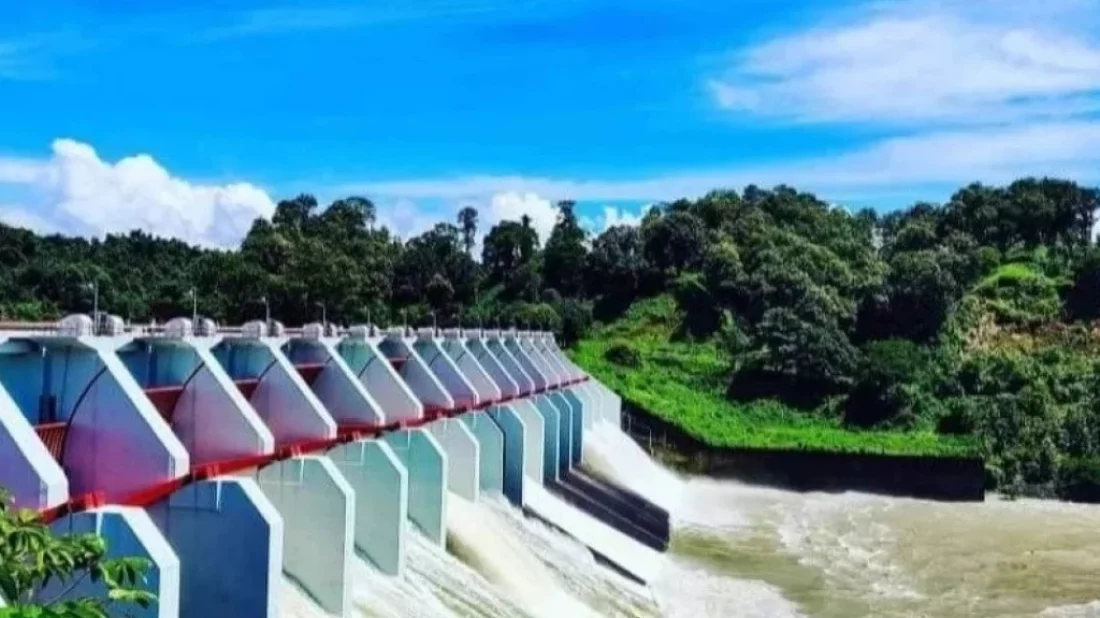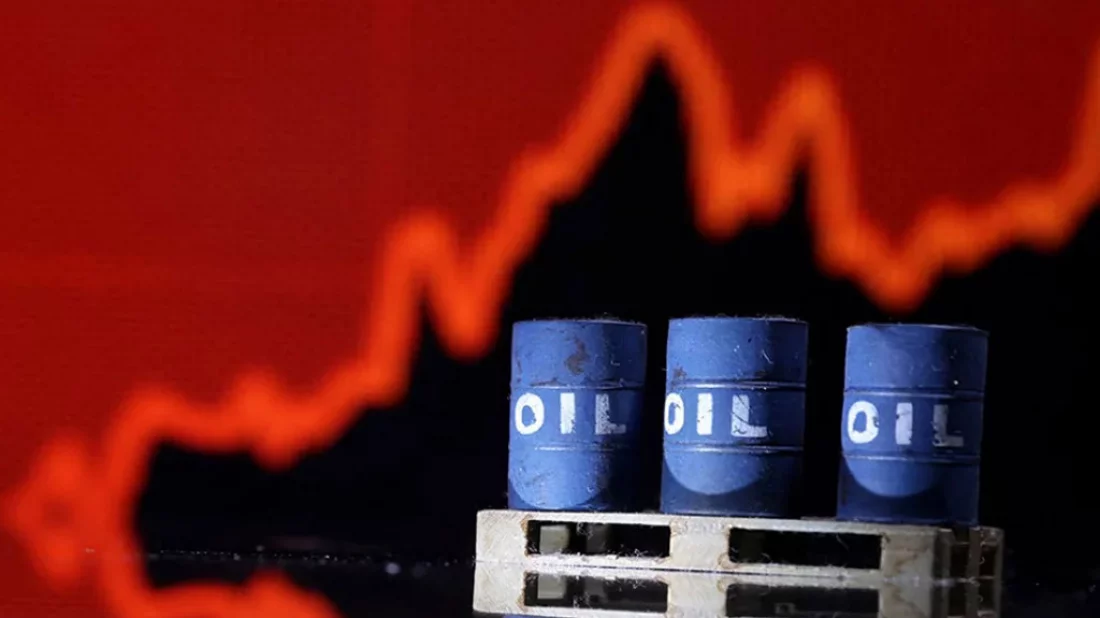
Asian Development Bank (ADB) has projected Bangladesh’s gross domestic product (GDP) growth to be 6.5% in the fiscal year 2024, compared to an estimated growth of 6% in fiscal 2023.
The projection was made in the latest ADB report, ‘Asian Development Outlook (ADO) September 2023,’ released on Wednesday.
The ADB in a press release said that the growth forecast reflects an improvement in domestic demand and better export growth due to economic recovery in the Eurozone.
The ADB also mentioned that inflation in Bangladesh is projected to ease from 9% in FY2023 to 6.6% in FY2024.
The current account deficit is expected to slightly narrow from 0.7% of GDP in FY2023 to 0.5% of GDP in FY2024 as remittance growth improves.
The main risk to this growth projection is a further deterioration in export growth if global demand is weaker than expected, the press release said.
ADB Country Director Edimon Ginting said that the government is managing relatively well against the external economic uncertainties, while advancing infrastructure development and critical reforms to improve the investment climate.
“These key structural reforms include strengthening public financial management, enhancing domestic resource mobilization, improving logistics, and deepening the financial sector, which are critical for private sector development, export diversification and productive job creation in the medium term,” he said.
He mentioned that continued high oil prices also provide a good incentive to accelerate reforms to expand domestic renewable energy supply and achieve the country’s climate change goals.
The ADO September 2023 states that moderate inflation and an increase in remittances will contribute to reviving private consumption, while the completion of a number of major government infrastructure projects will boost investment.
Private investment, however, may be dampened by the initial higher interest rates following the enhancement in the country’s monetary policy framework.
Inflation is expected to ease in FY2024 with some fall in global non-fuel commodity prices, expected higher agricultural production, and the initial tightening of monetary policy under the new framework.










